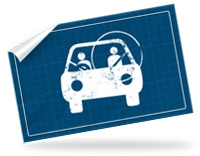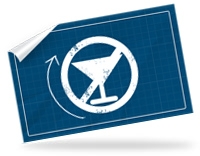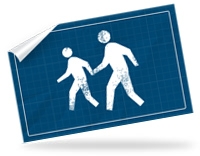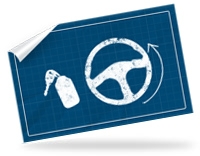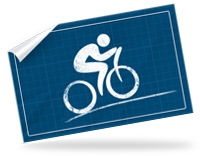Alcohol and Roads Don't Mix
Alcohol consumption is South Africa’s number one public health and safety issue. It plays a role in most personal injuries, from murders, rapes, assaults and suicides to all manner of accidents, including fires and drowning. It also causes all manner of diseases, directly and indirectly, and exacerbates others. It delays recovery from many types of conditions, including injuries which may have been related to alcohol use in the first place. When it comes to hurting human beings, alcohol plays the starring role, and our love affair with it is one of several factors holding our population in the thrall of a vicious circle of social harms, not least of which are poverty and ignorance.
On the roads, the harmful effects of alcohol consumption are magnified several times: people who have consumed alcohol are far more efficient killers behind the wheel of vehicles which can travel nearly 300kph, with weights measured in tons, than when wielding a kitchen knife in a drunken squabble. Other human beings are
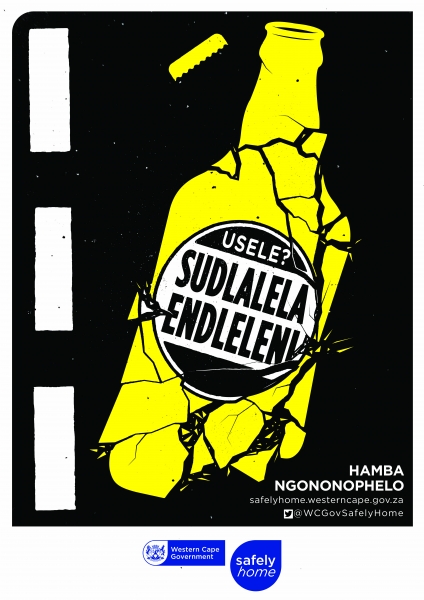
Been Drinking? Don’t play in the road. Walk Safely.
not the only victims: traffic lights, road-signs, power boxes and road barriers are routinely destroyed, at a cost of millions to tax- and ratepayers, wasting money better spent on service delivery. Damage to private property ranges from suburban walls and take-away kiosks knocked down, to shacks completely destroyed. Based on earlier research by the CSIR Matzopolous et al (2014) estimated an annual R7.9B price tag, in 2009 money, just for vehicular and incident damage as a result of alcohol-related crashes.
Outside the vehicle, drunken pedestrians are also a major hazard, albeit mainly to themselves, and the prevalence of pedestrian fatalities peaks over weekends, particularly on Friday and Saturday nights and in the early hours of Sunday morning. Mabundla et al (2004) found alcohol to be present in over 60% of pedestrian fatalities tested, rising to over 90% when male subjects killed at night were isolated. Considering 582 pedestrians died on the Western Cape’s roads last year, these are very large numbers of people whose violent injury death is linked to consuming alcohol.
Authorities have an important role to play in lessening this harm, through the detection and prosecution of people who get behind the wheel after consuming alcohol. Random traffic stops accompanied by breath-testing, in particular, have been crucial in countries which have had success in tackling the issue. The key to really addressing the issue, however, is the stigmatisation of the practice. In the United Kingdom, it is not socially acceptable to drink and drive, even among young men, who are the group most prone to the behaviour. So, while the UK has one of the highest blood alcohol levels in the world (0.08 compared to 0.05 in SA), it has the lowest road deaths per capita (2.75 per 100,000 compared to 34 in SA). Stigmatisation can be influenced by authorities,
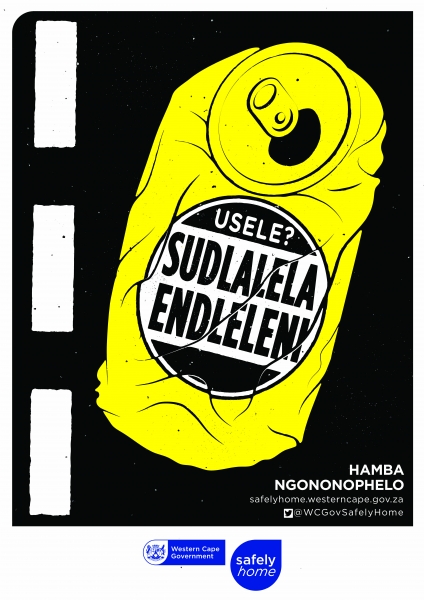
Been Drinking? Don’t play in the road. Walk Safely.
through imposition of stiff penalties on offenders (particularly those who kill and seriously injure others) and through education campaigns which make use of powerful and uncompromising messages. The UK, for example, has mandatory sentencing guides for drivers convicted of killing or seriously injuring other people while under the influence, which include jail time. Also in the UK, road safety authorities have made use of hard-hitting realistic advertising that portrays the realities of the situation since the 1960’s. South Africa still has some way to go. We don’t have a consistent system for dealing with offenders that sends out a clear and unambiguous message.
We also tend to pussy-foot around the alcohol issue in messaging, beholden as we are to the constant normalisation of alcohol consumption in our society, emanating from alcohol advertising, movies and television. These are the aspects that need to be tackled to address the other deleterious effects of alcohol: not only pedestrian deaths and injuries, but also alcohol-related violence, mental health disorders, cancers, cardio-vascular diseases and infectious diseases such as HIV and tuberculosis.
What is the Blood/Alcohol Limit for Motorists?
The blood/alcohol limit is 0,05g per 100ml of blood.
Its < 0,05g
What is the Blood/Alcohol Limit for Professional Drivers (Taxis/Buses/Truck drivers)?
The blood/alcohol limit is < 0,02g per 100ml of blood.
This means it is effectively Zero alcohol!
1 tot of brandy comes to 1 unit,which comes to 0.02g in the blood- so with 1 tot,the Professional driver will be over the legal limit,and a danger to self and others on the road.
Possible Consequences of Driving Drunk:
Killing someone else, severly injuring or paralyzing someone else.
Living with a guilty conscience.
Each one of us can have a huge effect, however. By taking the decision not to drink and drive, and by sharing that decision with your family and friends, you will influence the behaviour of others in a positive way. On the other hand, if you laugh off the dangers, be aware that others will emulate you, and whether you cause a crash or not, you are part of the problem.
More Tips and Facts on Drinking and Driving
Hector Eliott
Strategic Co-ordinator,
Department of Transport and Public Works
Western Cape Government
Richard Matzopoulos
Specialist Scientist
Medical Research Council’s Burden of Disease Research Unit
University of Cape Town


